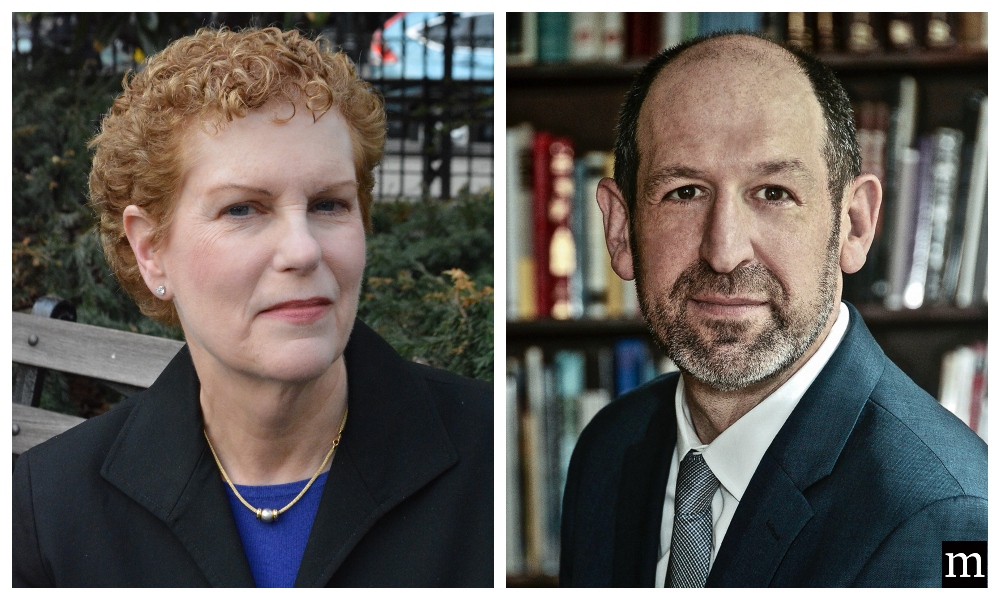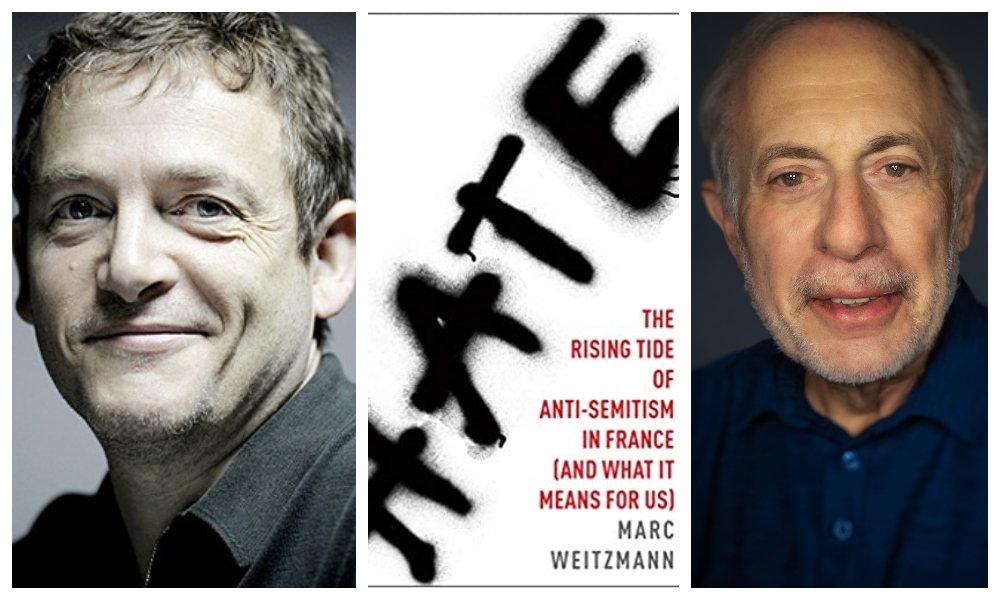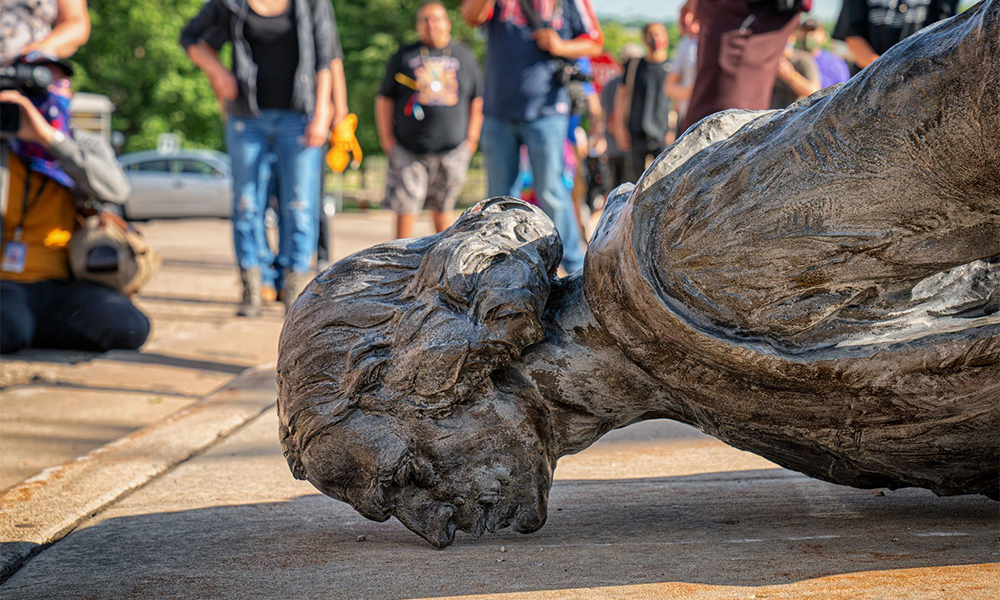Today’s anti-Semitism is a complex challenge that can’t be understood as a phenomenon driven by just one segment of society. It does not fit neatly into the ideological worldview of the political left or the political right and cannot be addressed by a few simple “silver bullet” solutions. To effectively respond to this current crisis we must be rigorously honest with ourselves about the nature and sources of each type of Jew hatred that manifests itself.
That’s why Moment launched the Anti-Semitism Monitor in 2018 to help readers better comprehend the nature of anti-Semitism. The Anti-Semitism Monitor is a carefully curated and fact-checked list of incidents worldwide. It has quickly become a must-read tool for activists, scholars and others who are trying to study and combat anti-Semitism. Now we are introducing a new feature reporting the most critical trends and issues captured in the Anti-Semitism Monitor every month. It is our hope that this monthly exercise will be of use to those on the frontlines of the fight against today’s anti-Semitism as well as the general reader in summarizing and analyzing the importance of the increasingly large number of disturbing incidents.
December Findings
If you want to understand the nature of resurgent anti-Semitism in the United States, as well as to confront the obstacles to combating it, you could hardly find a more useful guide then by examining the events of the last month of 2019.
We found an increase in high-profile anti-Semitic incidents in the United State over the last four weeks, including incidents on university campuses, events in public and private secondary schools, non-lethal assaults on Haredi communities, harassment and physical violence on public transportation, and charges of Jewish conspiracies. But three incidents stand out. The deadly attack on a Kosher Grocery store in Jersey City, New Jersey, the brutal wounding of five Orthodox worshipers in Monsey, New York and President Donald Trump’s promulgating an executive order concerning the applicability of Title VI of the 1964 Civil Rights Act to incidents of anti-Semitism on college campuses.
Big Picture Analysis
Jersey City and Monsey
Jersey City represents the third deadly act of domestic terrorism directed at the American Jewish community over the last 13 months. The Hanukkah attack in Monsey did not, thankfully, result in any deaths, but it highlighted the new violent reality American Jews now face. Who could have imagined a few years back that 14 Jewish Americans would be murdered by avowed anti-Semites in the United States in just over one year’s time? Most of us used to believe that this type of anti-Semitic violence only happened in Europe and the Middle East.
The Jewish community of the United States now must develop plans for a different future. Any of us who thought the Tree of Life massacre in October of 2018 was a one-off event perpetrated by a madman now knows better. At a minimum this means security at Jewish institutions in the United States—including synagogues, JCCs, Jewish day schools, Jewish NGOs, Jewish retail stores—will increasingly look like the security procedures of Jewish communities in Europe. Additionally, our entire community must also recognize and plan for the particular vulnerability of the part of our community that is most at risk of rising anti-Semitic violence: the ultra-Orthodox.
There was another lesson to be learned from Jersey City and Monsey. Up to now lethal violence against Jews has been carried out by individuals associated with white nationalism. Thus, some on the political left have argued that anti-Semitism in the United States is really only a problem of the right. Given the different types of anti-Jewish bigotry operating in this country in recent years, this was not a good argument. After Jersey City it should be painfully obvious to all of us that anti-Semitism, even the murderous kind, can come from many different extremist corners in the United States. It is not just a problem for the “other side” of the political spectrum.
President Donald Trump’s executive order
The roll-out and the subsequent reaction to Trump’s executive order, irrespective of what one thinks of this particular policy, is illustrative of one of the most important obstacles to developing successful strategies for countering mounting anti-Semitism—the partisan weaponization of charges of anti-Semitism.
The Trump administration billed this executive order as a significant policy initiative. In fact, it did not change administration policy. The Trump Department of Education had already been administering Title VI for some time under the same guidelines as spelled out in the executive order. The announcement of this policy was much less a major program initiative and much more a major 2020 campaign initiative.
Even worse, if one listened to many supporters and opponents of the administration you would come away thinking that neither side had actually read the document, which is the source of much of the controversy—the International Holocaust Remembrance Alliance (IHRA) Working Definition of Antisemitism. The IHRA Definition is a nuanced document. Its importance lies in the examples it cites of where criticism of Israel can be anti-Semitic. Yet it makes crystal clear that criticism of Israel “similar to that leveled against any other country cannot be regarded as antisemitic.” Additionally, when it provides examples of problematic types of criticism of Israel, the IHRA document introduces these examples with the phrase, “[c]ontemporary examples of antisemitism in public life…could [empahsis added], taking into account the overall context, include…”
The definition does not flatly state as Jared Kushner claims that “anti-Zionism is anti-Semitism.” Nor does the executive order or the Working Definition mandate, as progressive professor Judith Butler would have us believe, that “[a]nyone who now criticizes the State of Israel…is now framed as criticizing the Jews and engaging in anti-Semitism.” The IHRA Working Definition is a finely tuned tool that is needed to fight one of the major forms of antisemitism in the world today. However, if extreme partisans on both sides choose to describe it as blunt force instrument, it will inevitably lose its effectiveness.
Europe
This month it is also worth noting developments in France and the United Kingdom the number two and number four largest Jewish diaspora communities. In France, the French National Assembly adopted the IHRA Working Definition. It is ironic that throughout Western Europe, where traditionally sympathy for Palestinian nationalism has been stronger than in the United States, many countries and institutions have adopted the IHRA Definition. The same document, however, has recently engendered a great deal of controversy in the United States.
Meanwhile, in the United Kingdom, the defeat of Jeremy Corbyn’s Labour party was welcome news to the Jewish community. Nonetheless, observers are still concerned that even new leadership may have great difficulty ridding the opposition party in the UK of what many describe as institutional anti-Semitism.













